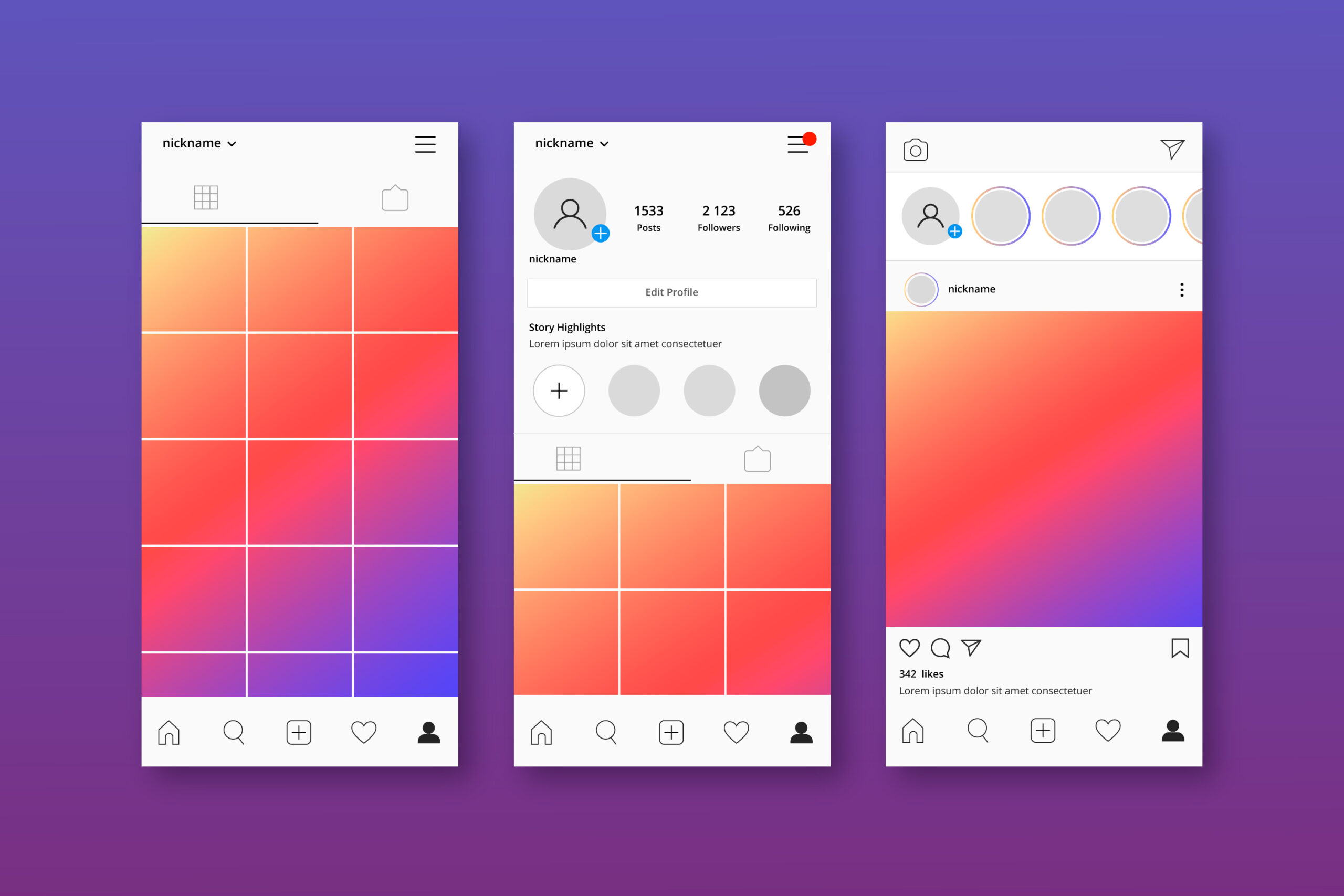
1. Introduction: What is User Experience (UX)?
User Experience (UX) refers to the overall experience that a user has while interacting with a website, application, or digital product. It encompasses various elements, including usability, accessibility, visual design, content presentation, and overall satisfaction. A positive UX ensures that users can easily navigate, find relevant information, and accomplish their goals efficiently.
2. The Importance of User Experience (UX) in SEO Rankings
Google and other search engines prioritize delivering the best possible results to users. As a result, they consider user experience as a crucial ranking factor. Websites with excellent UX tend to rank higher in search engine results pages (SERPs) and attract more organic traffic. Here are some key reasons why UX influences SEO rankings:
2. Lower Bounce Rates and Higher Dwell Time
A website with a poor user experience often leads to high bounce rates, where users quickly leave after viewing only one page. Search engines interpret this as a negative signal, indicating that the website may not be relevant or valuable to users. On the other hand, websites with engaging and user-friendly experiences tend to have lower bounce rates and higher dwell time, which positively impacts SEO rankings.
2. Enhanced Mobile Experience
With the increasing use of mobile devices, optimizing UX for mobile is essential. Mobile responsiveness and seamless navigation on smaller screens contribute to a positive user experience. Since search engines prioritize mobile-friendly websites, having a mobile-optimized UX can significantly improve SEO rankings.
2. Improved User Signals
User signals such as click-through rates (CTRs), time on page, and return visits provide insights into user satisfaction and relevance. Websites that offer a positive user experience tend to have higher CTRs and longer time on the page, indicating that users find the content valuable. These positive user signals can boost SEO rankings.
2.4. Social Engagement and Sharing
A good user experience encourages social sharing and engagement. When users find a website enjoyable and informative, they are more likely to share it with others through social media platforms. Social signals like shares, likes, and comments contribute to SEO rankings, further highlighting the impact of UX on overall website visibility.
3. Website Speed and UX Optimization
The user experience of a website is greatly impacted by its speed. Slow-loading websites frustrate users and often lead to increased bounce rates. Optimizing website speed through techniques such as caching, image optimization, and minifying code can greatly enhance UX. Additionally, faster websites are favoured by search engines and tend to rank higher in search results.
4. Mobile Responsiveness and UX Design
As mentioned earlier, mobile responsiveness is essential for a positive user experience. With the majority of internet users accessing websites through mobile devices, it is crucial to ensure that websites adapt to different screen sizes and provide a seamless browsing experience. The mobile-responsive design allows users to navigate, read content, and interact with the website effortlessly, leading to improved SEO rankings.
5. Navigational Structure and User-Friendly Interface
A well-organized navigational structure and user-friendly interface contribute to a smooth user experience. Clear menus, logical page hierarchy, and intuitive navigation enable users to find information easily. Search engines value websites that provide a positive user experience through well-structured interfaces, which can positively impact SEO rankings.
6. High-Quality Content and User Engagement
Content is at the core of user experience. Websites that offer valuable, informative, and engaging content tend to attract more users and keep them engaged for longer periods. Search engines recognize this user engagement and reward websites with higher rankings. By consistently delivering high-quality content, websites can improve both UX and SEO.
7. Visual Appeal and UX Enhancement
A website’s aesthetic attractiveness has a big impact on how visitors feel and how engaged they are. A visually appealing website with an attractive design and well-chosen imagery can captivate users and encourage them to explore further. Utilizing visual elements strategically enhances the user experience and contributes to improved SEO rankings.
8. User Feedback and Improving User Experience
Gathering user feedback is crucial in understanding the pain points and preferences of website visitors. Conducting user surveys, analyzing website analytics, and monitoring user behaviour provides valuable insights for improving user experience. By addressing user concerns and optimizing the website accordingly, businesses can enhance UX and positively impact SEO rankings.
9. SEO-Friendly URL Structure and UX Optimization
The URL structure of a website plays a role in both SEO and UX. A well-organized, descriptive URL not only helps search engines understand the content but also enhances user experience by providing clear indications of the page topic. Incorporating relevant keywords in URLs can improve SEO rankings while also benefiting the overall user experience.
10. Accessibility and Inclusive User Experience
Ensuring accessibility is an essential aspect of user experience. Websites should be designed and developed to accommodate users with disabilities or impairments. Implementing accessibility guidelines such as proper heading structure, alt tags for images, and keyboard navigation not only improves UX but also demonstrates a commitment to inclusivity, which search engines value.
11. Social Signals and User Experience Metrics
Social signals, such as likes, shares, and comments on social media platforms, are becoming increasingly important in SEO rankings. Positive social engagement indicates that users find the website content valuable and share-worthy. By focusing on providing an excellent user experience, websites can encourage social signals, which can positively influence SEO rankings.
12. User Experience Testing and Analysis
To ensure optimal user experience, conducting regular testing and analysis is crucial. User testing allows businesses to identify pain points, usability issues, and areas for improvement. Analyzing user behaviour through tools like heatmaps and session recordings provides insights into user preferences and interaction patterns. By continuously refining the user experience, websites can improve SEO rankings.
13. UX Metrics and Monitoring Tools
Several metrics and tools can help measure and monitor user experience. Metrics such as bounce rate, dwell time, time on page, and conversion rate provide insights into the effectiveness of UX strategies. Monitoring tools like Google Analytics, Hotjar, and Optimizely help track these metrics and uncover areas that require optimization, leading to improved SEO rankings.
14. The Future of User Experience and SEO
User experience and SEO will continue to evolve and intertwine in the future. As technology advances and user expectations change, businesses must stay ahead of the curve to maintain a competitive edge. Here are some key trends to watch for:
- Voice Search Optimization: With the rise of voice assistants and smart speakers, optimizing websites for voice search is becoming essential. User experience will play a vital role in providing accurate and relevant voice search results, ultimately impacting SEO rankings.
- AI and Personalization: Artificial intelligence (AI) technologies are revolutionizing user experience by enabling personalized interactions. AI-powered chatbots, recommendation engines, and personalized content delivery enhance UX and contribute to improved SEO rankings.
- User-Centric Design: Designing with the user in mind will remain a priority. Websites that prioritize user needs, preferences, and accessibility will have a competitive advantage in terms of UX and SEO rankings
.
- Mobile-First Strategy: The use of mobile devices will continue to predominate online. Adopting a mobile-first approach to website design and optimization will be crucial for providing exceptional user experiences and maintaining high SEO rankings.
- Virtual reality (VR) and augmented reality (AR) technologies have the power to completely change how users interact with products. Implementing AR/VR elements can create immersive and engaging experiences, further enhancing UX and potentially influencing SEO rankings.
- Continued Emphasis on Speed: As internet users become more accustomed to instant gratification, website speed will remain paramount. Optimizing loading times and ensuring smooth, responsive experiences will be crucial for maintaining positive UX and SEO rankings.
In conclusion, user experience (UX) and SEO are intricately linked, with UX significantly impacting search engine rankings. By prioritizing UX through factors such as website speed, mobile responsiveness, content quality, visual appeal, and user feedback, businesses can enhance both the user experience and their SEO rankings. Investing in ongoing testing, analysis, and optimization will ensure long-term success in the ever-evolving digital landscape.
Also Read
What Is User Experience (UX) Design? Everything You Need to Know
Conclusion
User Experience (UX) is a critical factor in the success of a website and its impact on SEO rankings cannot be underestimated. By focusing on various elements such as website speed, mobile responsiveness, navigational structure, content quality, and visual appeal, businesses can create a positive and engaging user experience. This, in turn, improves SEO rankings by reducing bounce rates, increasing user signals, encouraging social engagement, and providing valuable content. As technology and user expectations continue to evolve, prioritizing UX will be essential for maintaining a competitive edge and ensuring long-term success in the digital realm.






